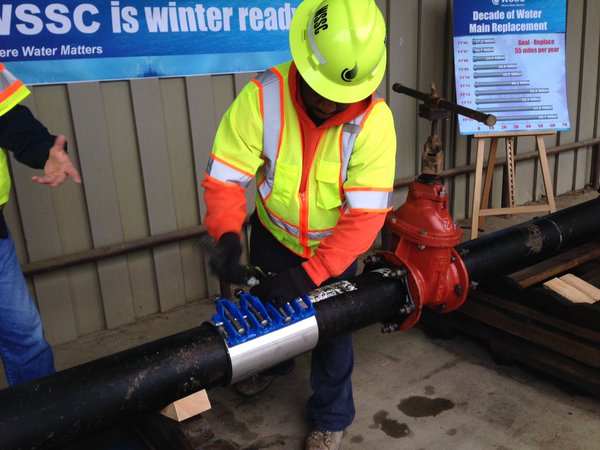
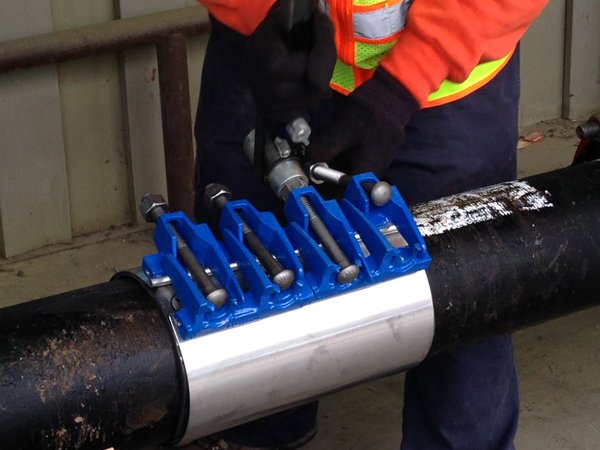
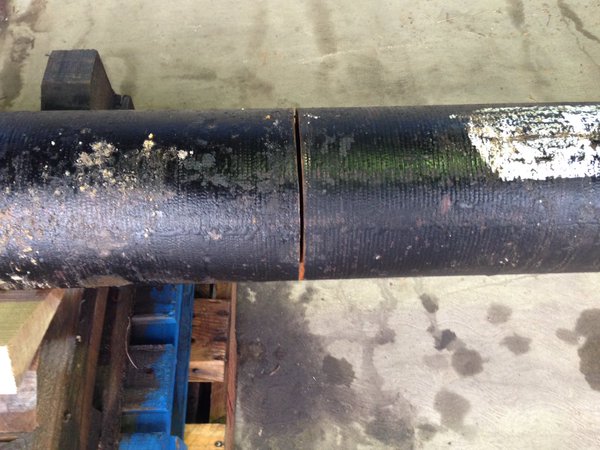
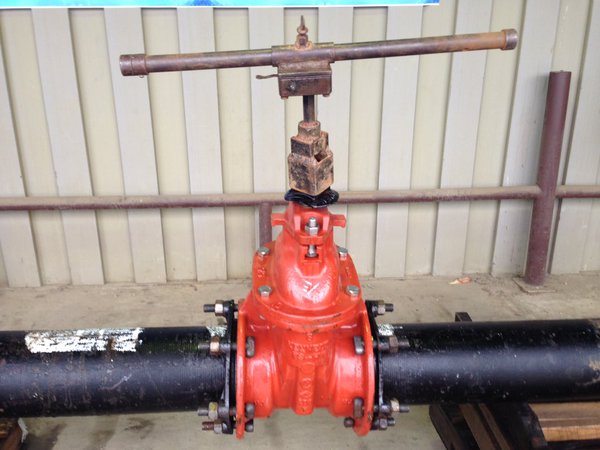
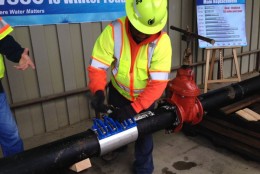
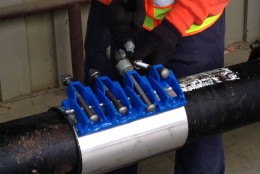
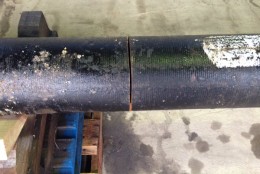
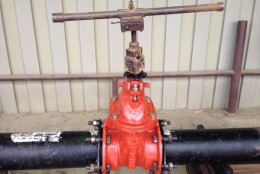
HYATTSVILLE, Md. — Old pipes are about to meet Old Man Winter.
As temperatures drop, the number of water main breaks rises. Lyn Riggins, spokeswoman for Washington Suburban Sanitary Commission, says they are gearing up for another busy winter season.
“Unfortunately, water main breaks are going to happen. We are going to have 400 to 600 breaks in any given month when it gets cold out,” Riggins says. “There’s going to be a lot of water main breaks because we have an old system.”
WSSC’s aging infrastructure complicates repairs. More than one-third of their water mains are at least 50 years old. Riggins says some are more than 90 years old.
Of the 5,647 miles of water mains, WSSC’s goal is to replace 55 miles every year. They exceeded that goal in both 2014 and 2015. In the 2015 fiscal year, WSSC replaced 65.1 miles — more than any year since 2006.
“We have a very aggressive water main replacement program, one of the most aggressive in the country,” Riggins says. Pipes can last between 50-100 years.
Technicians at the WSSC Anacostia Depot demonstrated Tuesday how they repair a circular break on a six-inch water main. They first fasten a stainless steel clamp around the main like a Band-Aid and then screw it in. Second, they turn the water valve back on.
If conditions are perfect and the water main is relatively small, Riggins says a typical water main break takes four to six hours to repair. Larger breaks, like the 16-inch water main break on Rockville Pike in October or the 60-inch water main break in 2013, could take days. The biggest pipes are 96 inches in diameter.
“You could drive a car through a 96-inch pipe,” Riggins says.
The number of breaks per year depend on the weather. Typically, the colder it is, the more breaks occur.
The worst February on record was in 2007 with 479 breaks. The record number of water main breaks in a single month was 608 in January 2009. In February 2015, the extended cold snap produced 423 water main breaks.
Overall, there were more breaks in 2015 than any year in the past decade with a total of 2,032, topping the more than 1,800 breaks in 2007, 2009, 2010, 2011 and 2014.
While customers may not be able to prevent large water main breaks, they can take steps to prevent frozen pipes on their own property.
Here’s how to prepare your property for winter:
- Repair broken windows, doors and walls.
- Tightly close doors and windows to the outside.
- Insulate outside walls.
- Insulate pipes and meters.
- Seal all leaks in crawl spaces and basements.
- Turn off water to outside faucets.
If a pipe freezes, open the cold water faucet closest to the pipe to release pressure and reduce the chance of breakage. Customers can attempt to thaw the pipe using a hair fryer or call a plumber for help.
WSSC also suggests being prepared for water main breaks during the winter months by storing enough drinking water: one gallon per person per day for at least three days.
WSSC serves about 1.8 million customers in Prince George’s and Montgomery counties.







